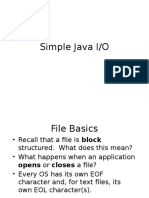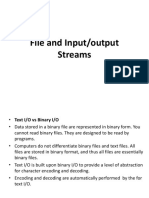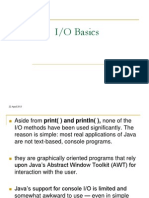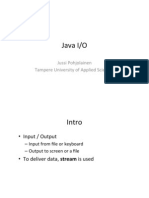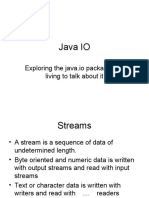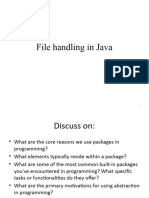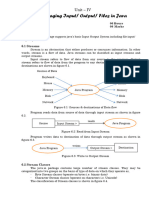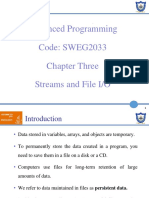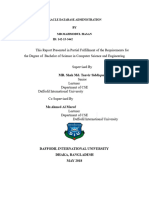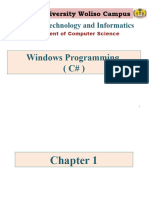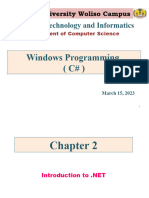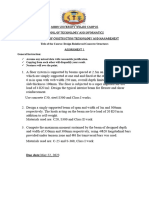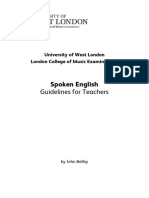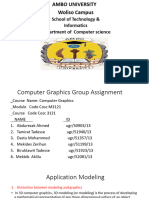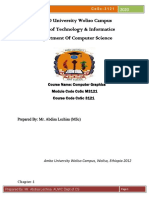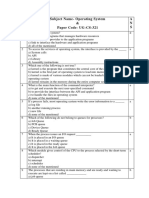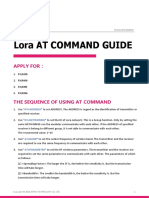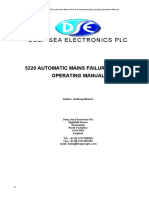0% found this document useful (0 votes)
50 views16 pagesInput Output - Chapter 4
The document discusses input and output streams in Java, explaining that streams allow data to flow from a source to a destination and the Java IO package contains classes for defining different stream types. It covers character streams, predefined system streams, reading from the console, writing to and reading from text files, and creating and reading directories and files.
Uploaded by
Abdurezak AhmedCopyright
© © All Rights Reserved
We take content rights seriously. If you suspect this is your content, claim it here.
Available Formats
Download as PDF, TXT or read online on Scribd
0% found this document useful (0 votes)
50 views16 pagesInput Output - Chapter 4
The document discusses input and output streams in Java, explaining that streams allow data to flow from a source to a destination and the Java IO package contains classes for defining different stream types. It covers character streams, predefined system streams, reading from the console, writing to and reading from text files, and creating and reading directories and files.
Uploaded by
Abdurezak AhmedCopyright
© © All Rights Reserved
We take content rights seriously. If you suspect this is your content, claim it here.
Available Formats
Download as PDF, TXT or read online on Scribd
/ 16
